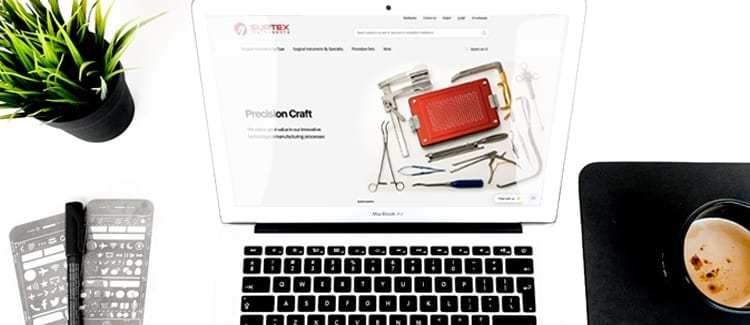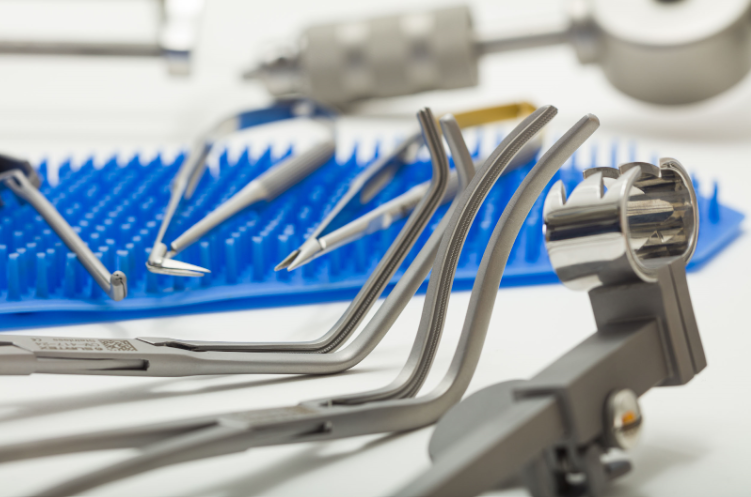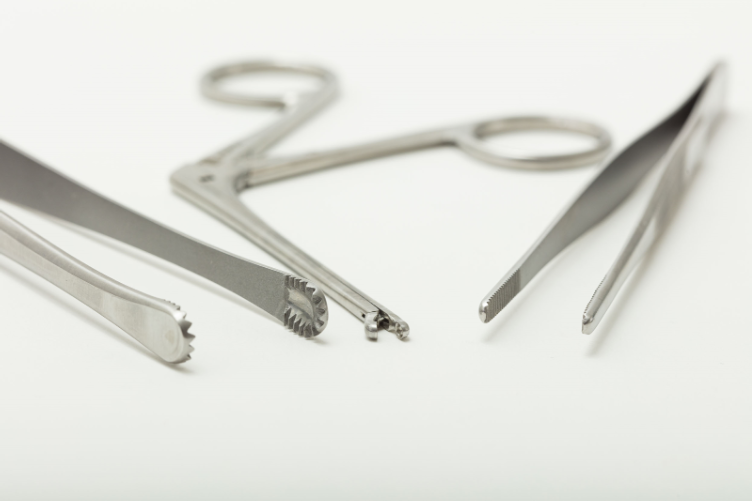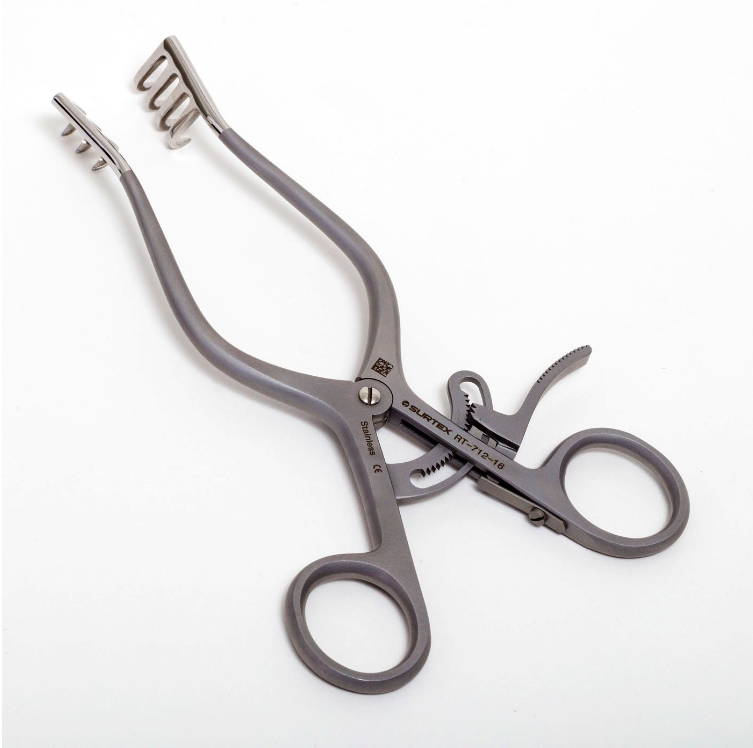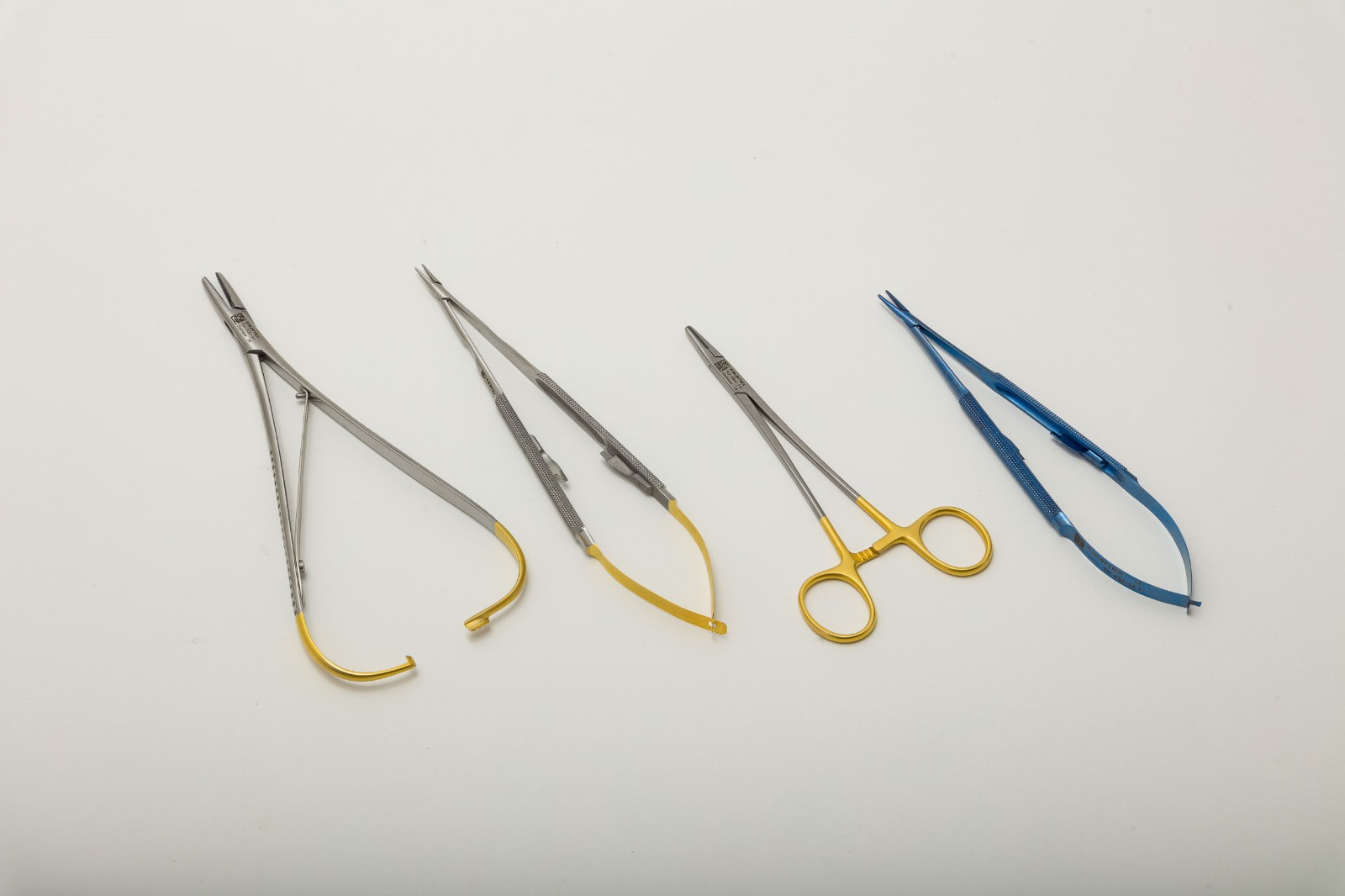The Evolution & Modern Applications of Surgical Forceps
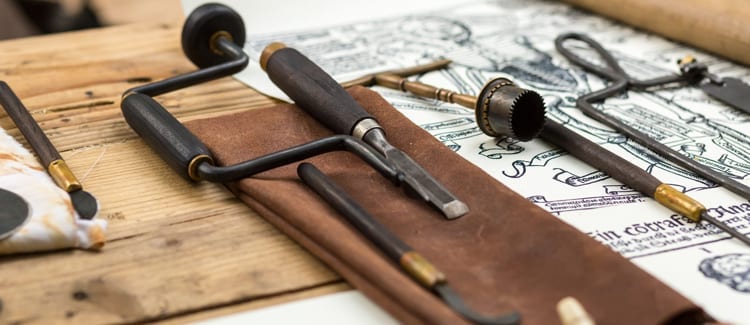
The word Forcep is derived from “Forca,” a Latin term which means to grip or grab onto an object. Forceps are primarily used when fingers are unable to grasp small objects or when an object needs to be held in place while the other hand is used to perform a task. Illustrated forceps can be found in writings of Hippocrates that covered the Greek and Roman era over the period between 500 BC and 500 AD. These instruments were primarily used to help deliver babies.
Back then, surgical instruments and kitchen utensils were used to remove the dead fetus. This would prevent maternal mortality. However, this practice was kept a secret for several centuries by its inventors.
16th Century
After the ban on Protestant physicians, Huguenot William Chamberlen, French physician was forced to flee England in the 16the century. The use of forceps as a way to deliver live infants began with his two sons who were both named Peter Chamberlen but were referred to as, ‘Peter the elder and Peter the younger.’ Both of his sons played a significant role in ‘man-midwifery’ which was later termed Obstetrics.
While it is unclear who the real inventor of the forceps is, it is usually attributed to Peter, the elder who later worked as a surgeon for the Queen. Peter the younger’s eldest son continued the tradition of using forceps for midwifery. However, the family took extensive measures to conceal the instrument from others. To ensure the instrument remained a secret, the forceps were carried in a gilded chest. In some cases, the women were blindfolded while only the Chamberlens were present during the delivery. The Chamberlens used elaborate means to keep the forceps a secret for nearly a century.
However, in 1670, Hugh Chamberlen decided to sell the secret to the French government. However, his secret remained intact as he was unable to deliver a patient successfully.
18th Century
William Smellie was among the most skilled obstetrician during the 18th century. He created his forceps to prevent loss of children. His forceps also includes an ‘English lock’ with special blades covered in leather. The material was lubricated using hogs lard to prevent the transmission of infections.
Smellie developed the rules of using forceps. His work was published in 1752 in a book called ‘Treatise on the Theory and Practice of Midwifery.’
19th Century
When the Duchess of Kent became pregnant in 1819, her obstetrician David Davis started to develop new instruments to aid the delivery of babies. Davis was particularly interested in finding a way to reduce injury to babies. He thus altered the design of forceps to minimize the chances of maternal trauma. This led to the development of forceps featuring axis traction. He developed long forceps that later became popular in England.
20th Century
A lot of emphases was put on improving fetal well-being throughout the 20th century thus high-quality forceps were developed to aid delivery. Special designs were developed for deep arrest in the mid-pelvic cavity as a result of malposition. The Kielland’s forceps particularly gained popularity in 1916. This designed featured a straight structure along with a slight pelvic curve. These forceps also included a sliding lock to ensure better performance.
New materials such as titanium, stainless steel, vanadium, and chrome were then introduced to manufacture these instruments. At present, the Caesarean section is a common solution to tackle difficult birth. While the use of forceps has changed significantly, obstetrician forceps are now used as a last resort to delivering babies when there are no chances of risks that can threaten the life of the mother and baby. Today, these instruments are used for a variety of medical purposes.
Modern Applications of Surgical Forceps
Some of the most modern types of surgical forceps include:
- Splinter Forceps: Splinter forceps are designed to handle sutures and remove pieces of bones. Splinter forceps can also be inserted in the body.
- Sponge Forceps: Sponge forceps are excellent for holding sponges during medical procedures. It can also be used to grip gauzes.
- Tumor Forceps: Tumor forceps are commonly used in neurosurgical procedures that involve tumor removal.
- Micro Suturing Forceps: Micro Suturing Forceps are typically used for suturing cataract procedures.
- Tissue Grasping Forceps: As the name indicates, Tissue Grasping Forceps primarily aid surgeons in holding tissues during medical procedures. Surtex Instruments offer a plethora of tissue grasping forceps that you can choose from.
- Jeweler Forceps: Jeweler forceps are designed to aid micro-surgical procedures. They typically feature micro or fine types to handle fine tissues.
- Micro Ophthalmic Forceps: Micro Ophthalmic Forceps are specifically used for Micro Ophthalmic procedures. They can be used for holding on to the tiniest of components.
- Dressing Forceps: As the name indicates, dressing forceps are used for removing dressings and for wounds.
The types mentioned above are among the most common surgical forceps used for modern day medical applications. Also, dental forceps are also used to aid dental procedures.
Join our newsletter
Specify the advantages, benefits of joining the newsletter, setting the spam rate.
